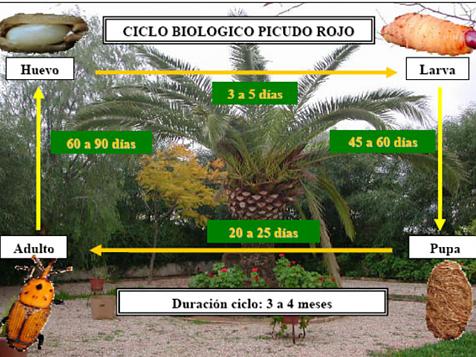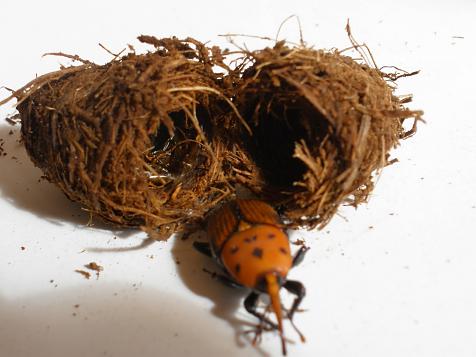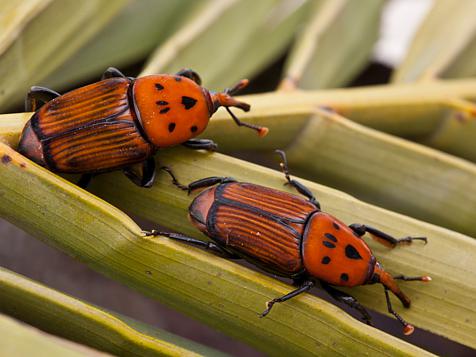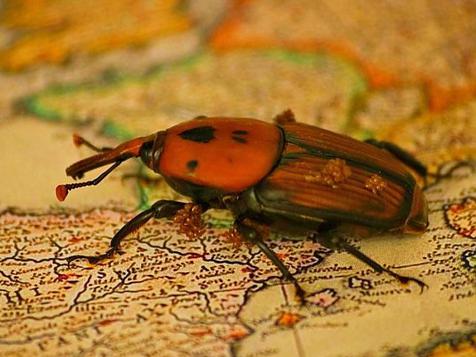
The Palm trees. Most common pests
Palm trees, like other plants, can suffer from problems that affect them, sometimes to death. The point of a growth point of the palm is the "bud": the point where there are young and young leaves. If this part is affected the plant can weaken and die. The main problems between generals can be distinguished in:
- Pests: like insects and mites.
- Diseases: bacteria, fungi and viruses.
- Physiopathies: due to variations in temperature, lack of nutrients, etc.
MOST COMMON PEST
- Red spider (Tetranychus urticae) White spider (Polyphagotarsonemus latus). They are mites that attack the tender leaves harming their development and that multiply mainly with the dry air of spring and summer. Very effective is Phytoseiulus persimilis or Amblyseius californicus.
- Woolly aphid (Lepidosaphes, Chrysonphalus dictyospermi, Cocus hesperidium, Saisetia oleae) and the Red woolly aphid of the palm tree (Phoenicococcus marlatti). There are different types of woolly aphid that can affect the aerial parts and / or the trunk, in deep zones to the shelter of the light. It can weaken the plant or dry some of its leaves. It is very important to eliminate the parts that are very affected and to control the pest with specific products like Cryptolaemus montrouzieri.
- There are also butterflies that lay their eggs in the plant. Some of the larvae of Paysandisia Archon for example, developing, galleries in the trunk due feeding into the stem of the palm trees.
- Thrips are small insects that eat suck the leafs. In this case, the soil must be treated with products against Thrips or release beneficials/
Weevils
There are different species of the Curculionidae family of Asian or South American origin that are affecting our countries by the unauthorized importation of non-indigenous species (which is disciplined by Law and that need a phytosanitary passport and a time of observation in nurseries before of the sale).
When visible damage (twisting of the outermost leafs on the central nerve that changes color, leafs falling) is very late and the plant is often compromised and dies at once.
The larvae with powerful jaws dig galleries in the trunk up to meters looking for food to develop, for this reason the plant dies. When the weevil has no food or is adult, look for other palm trees to start a new attack. The life cycle is 3-4 months.
The red palm weevil (Rhynchophorus ferrugineus) is the best known pest and has a preference among host species: Canaria (Phoenix canariensis), Datilera (Phoenix dactylifera), Palmito (Chamaerops humilis), Trachycarpus.
The treatment of Preventive Fumigation repeated during the year result in a good control of the red palm weevil.
...



